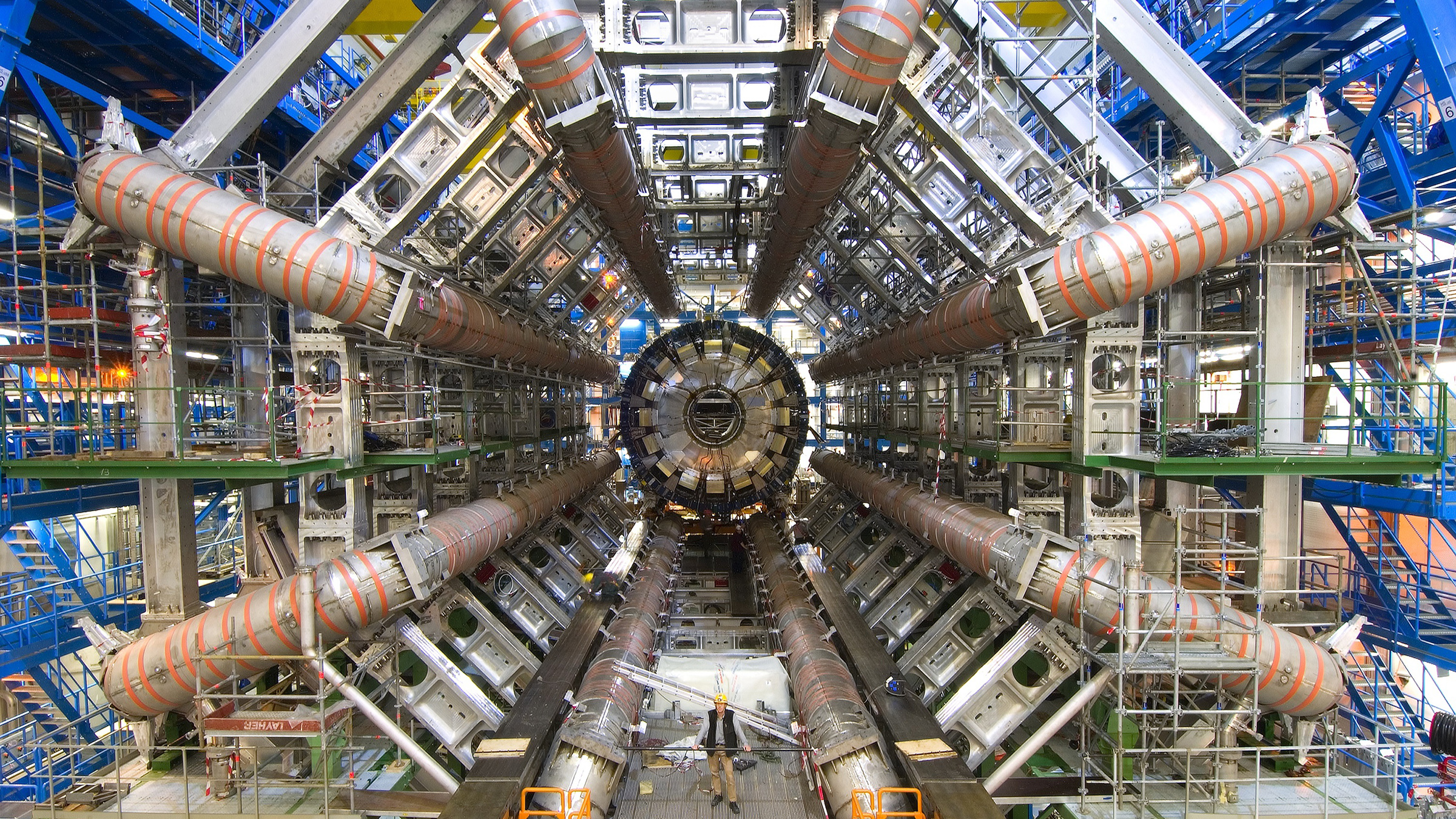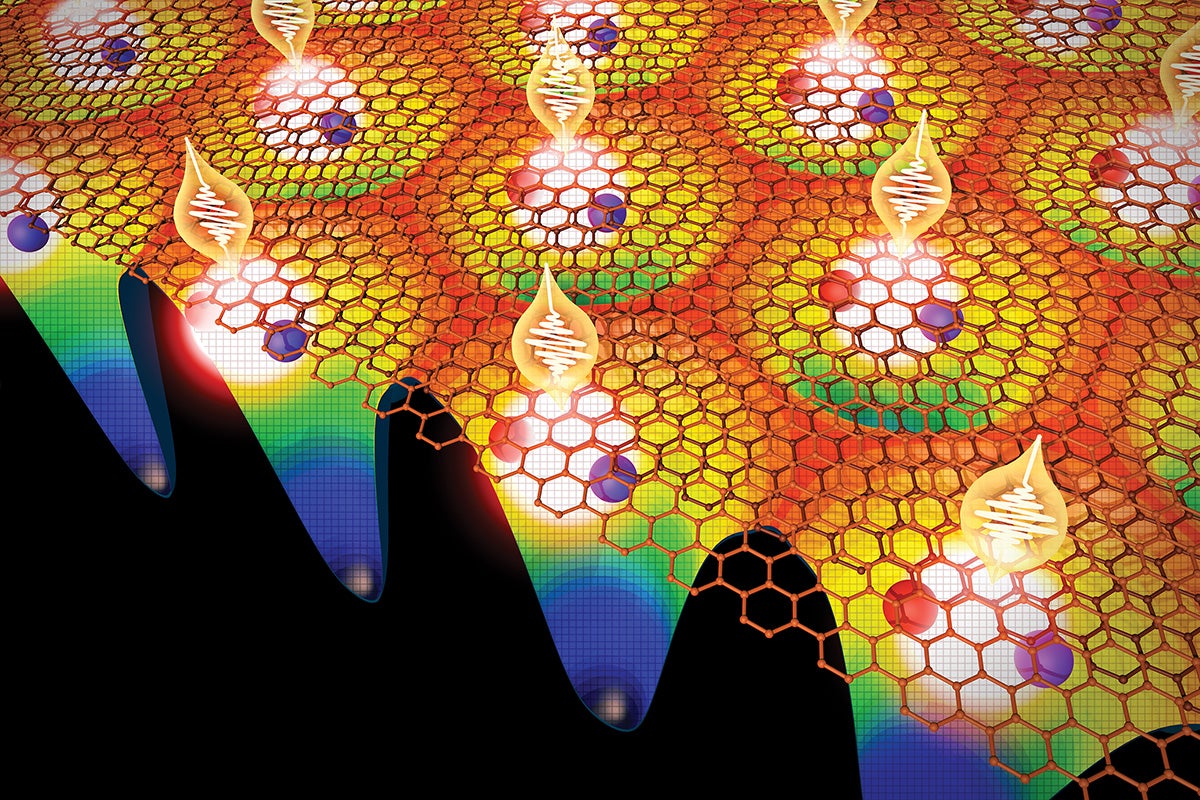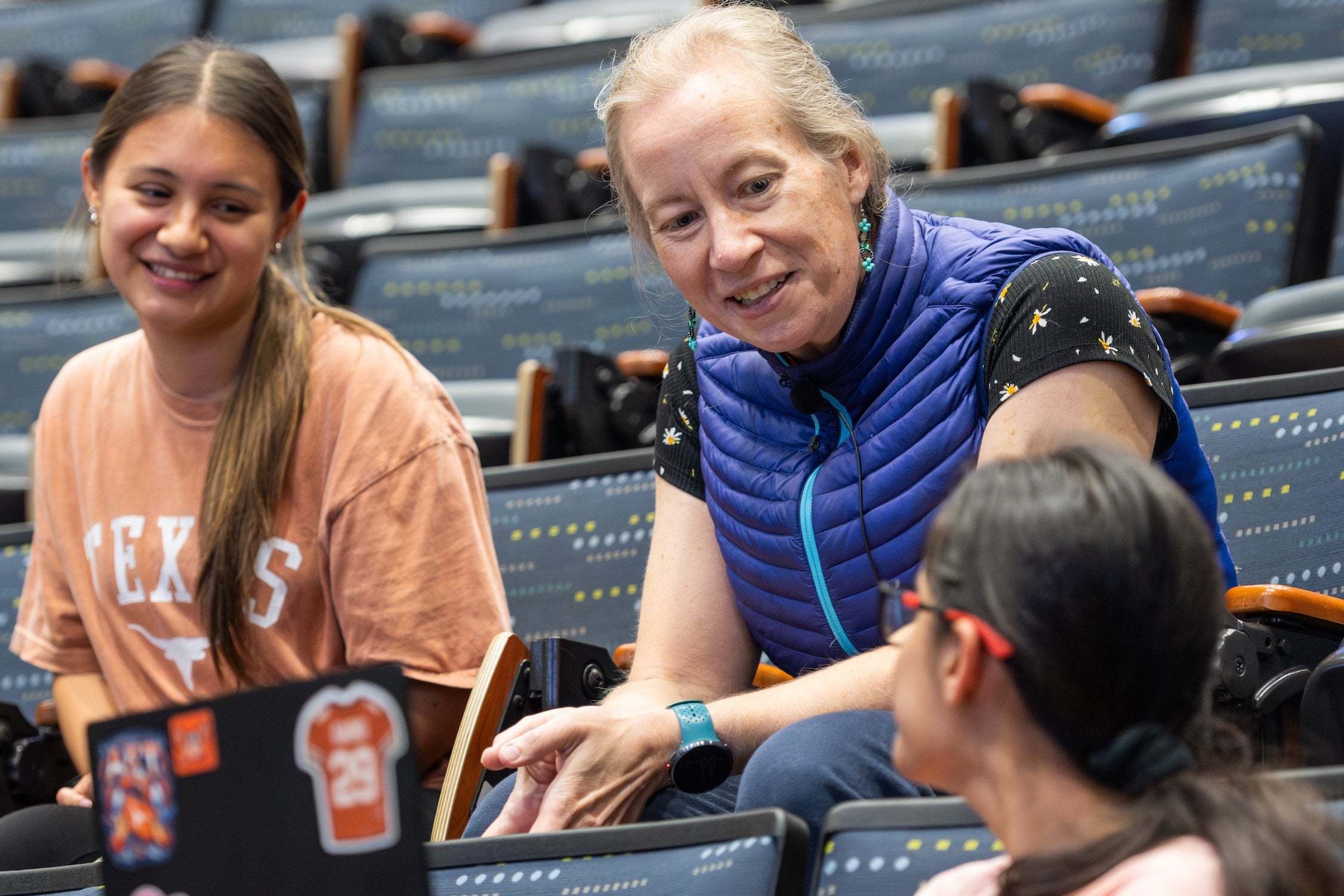New Decadal Report Maps Out U.S. Priorities in Particle Physics Research
The Particle Physics Project Prioritization Panel (P5) whose participants include a UT physicist delivered recommendations to decision makers.

ATLAS detector at the Large Hadron Collider at CERN. Credit: CERN.
An advisory panel to the U.S. Department of Energy and National Science Foundation, which includes physics associate professor Peter Onyisi from The University of Texas at Austin, has released a once-a-decade strategic plan for the U.S. particle physics community. The report outlines particle physicists’ recommendations for research priorities in a field whose projects — such as building new accelerator facilities — can take years or decades and involve contributions from thousands of scientists.
“There are a lot of really exciting things we want to do in particle physics in the immediate future, and a lot of really interesting questions to be answered,” said Onyisi, a member of the P5 panel and of the ATLAS Experiment at the European Council for Nuclear Research (CERN). “We don’t know what most of the universe is made of; we don’t really understand what things were like right after the Big Bang; and we don’t understand what stabilizes the properties of the universe as it exists now. This report lays out a vision for an amazing range of discovery science.”
Among the recommendations are:
- continued support for neutrino observations in Illinois, South Dakota and at the South Pole, as well as observations of the cosmic microwave background;
- support for projects currently under construction, such as the High-Luminosity Large Hadron Collider, which will greatly boost the performance of the world’s most powerful accelerator; and the Legacy Survey of Space and Time, which will explore dark energy, dark matter and more;
- support for a new international facility, the ‘Higgs factory,’ to further our understanding of the Higgs boson; and
- study the possibility of the U.S. hosting the next highest-energy particle collider facility.
Under the Reagan administration, the United States began progress towards what would have been the world’s most sophisticated particle collider, based in Texas and led by the late UT Austin professor emeritus Roy Schwitters. The Superconducting Super Collider project ultimately was suspended without enough funding allocated for its completion. One of the goals of the P5 panel is to ensure a situation like this doesn’t happen again, by for example, requiring that research and development benchmarks be completed before moving forward with projects.
The 2023 P5 report, approved by the High Energy Physics Advisory Panel (HEPAP) to the High Energy Physics program of the Office of Science of the DOE, represents the major activity in the field of particle physics that delivers recommendations to U.S. funding agencies. This year’s report builds on the output of the 2021 Snowmass planning exercise — a process organized by the American Physical Society’s Division of Particles and Fields that convened particle physicists and cosmologists from around the world to outline research priorities. This membership division constitutes the only independent body in the United States that represents particle physics as a whole.
“There are a lot of really exciting ideas for projects in particle physics, but we don’t have an unlimited budget to do them all,” said Onyisi. “There are also project concepts that are ready to go, and some that require extra R&D before we can really feel comfortable going ahead with them. The P5 report aims to prioritize the various proposals, within budget constraints, over the next ten years, with an eye to enabling things in the future as well.”
The report includes a range of budget-conscious recommendations for federal investments in research programs, the U.S. technical workforce, and the technology and infrastructure needed to realize the next generation of transformative discoveries related to fundamental physics and the origin of the universe. For example, the report recommends continued support for the Deep Underground Neutrino Experiment (DUNE), based out of Fermilab in Illinois, for CMB-S4, a network of ground-based telescopes designed to observe the cosmic microwave background, and for the planned expansion of the South Pole’s neutrino observatory, an international collaboration known as IceCube-Gen2, in a facility operated by the University of Wisconsin–Madison.
New knowledge, and new technologies, set the stage for the most recent Snowmass and P5 convenings.
“The Higgs boson had just been discovered before the previous P5 process, and now our continued study of the particle has greatly informed what we think may lie beyond the standard model of particle physics,” said Hitoshi Murayama, P5 panel chair and professor of physics at the University of California, Berkeley. “Our thinking about what dark matter might be has also changed, forcing the community to look elsewhere — to the cosmos. And in 2015, the discovery of gravitational waves was reported. Accelerator technology is changing too, which has shifted the discussion to the technology R&D needed to build the next-generation particle collider.”



